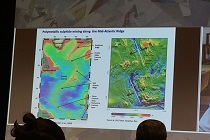 It is second time when #DeepSeaMinerals attracted representatives of science, exploration companies, service companies and least but not last representatives of authorities both local and international interested in exploration and exploitation of deep sea minerals. Deep Sea Minerals annual event took place between 25 and 27th of October in Bergen, Norway.
It is second time when #DeepSeaMinerals attracted representatives of science, exploration companies, service companies and least but not last representatives of authorities both local and international interested in exploration and exploitation of deep sea minerals. Deep Sea Minerals annual event took place between 25 and 27th of October in Bergen, Norway.
PIG-PIB was represented by Łukasz Smajdor. Meeting place was not accidental as Norway is a special place on the map of Deep Sea Mineral exploration as 3 month period of public consultation has just started there.
This year conference addressed all the challenges and opportunities lying ahead under the motto:
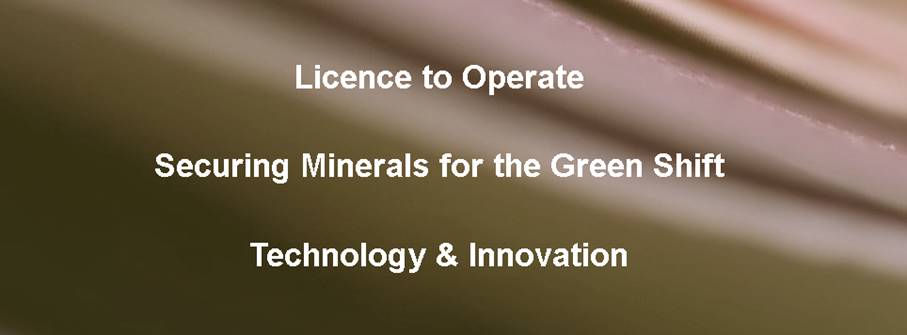
Conference was divided into 6 sessions including: marine minerals exploration status, Cook Island – the first licencing round, the environment/licence to operate, exploration strategy/technology, mineral processing and market, Norwegian start-ups.
During the meeting technological aspects related to exploration technology (limitations, problems solving, innovations) exploitation technology (current and future technologies, limitations, solutions, innovations) as well as ethical and environmental aspects (ecosystem interference, mitigation, experience, long time observations, current sources of minerals “child labour”).
Very important session related to exploration for massive sulfides on Polish ISA blocks on MAR was session 4 focused on exploration strategy and technology. The biggest impact will be through multiaspect approach especially multiphysics (using as many geophysical methods as possible) to mitigate exploration risk to minimum.
OFG representative (contractor for the 1st Polish cruise to Mid-Atlantic (see more: Signing of executive contract for the first research cruise in the Atlantic Ocean) shared their experience in that matter. OFG is also a member of research project ATLAB (Atlantic Laboratory) led by NTNU in cooperation with such institutions/companies as: AkerBP, Equinor, OD, CGG, Emgs, TGS, Aliton, Shearwater, PGS, InApril, Norce).
Among others, the following studies have already been performer by the consortium: CSEM, MT and 2D seismic. Theer is a plan for OBN Seismic as well as 3D CSEM/MT. Up to date results were described by prof. Stäle Johansen from NTNU. AUV technology developments were also discussed.
Argeo representative showed plans for coming year and Pablo Sobron (CEO and founder of Impossible Sensing) showed results of cooperation with NASA on new approach to AUV measurements methodology. Joining vision (stereo imaging) and laser (spectra rastering) techniques will allow to analyze mineral content of rocks without the need to touching them or collecting samples.
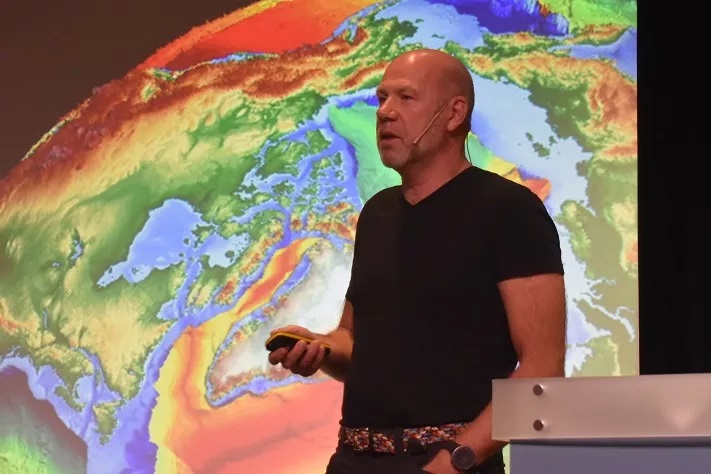
Ebbe Hartz, Lead Geologist (AkerBP) showing perspectives of deep sea mining – datra and their understaning (photo: Halfdan Carstens, source: https://geo365.no/dyphavsmineraler/1-km2-kan-gjore-norge-selvforsynt/)
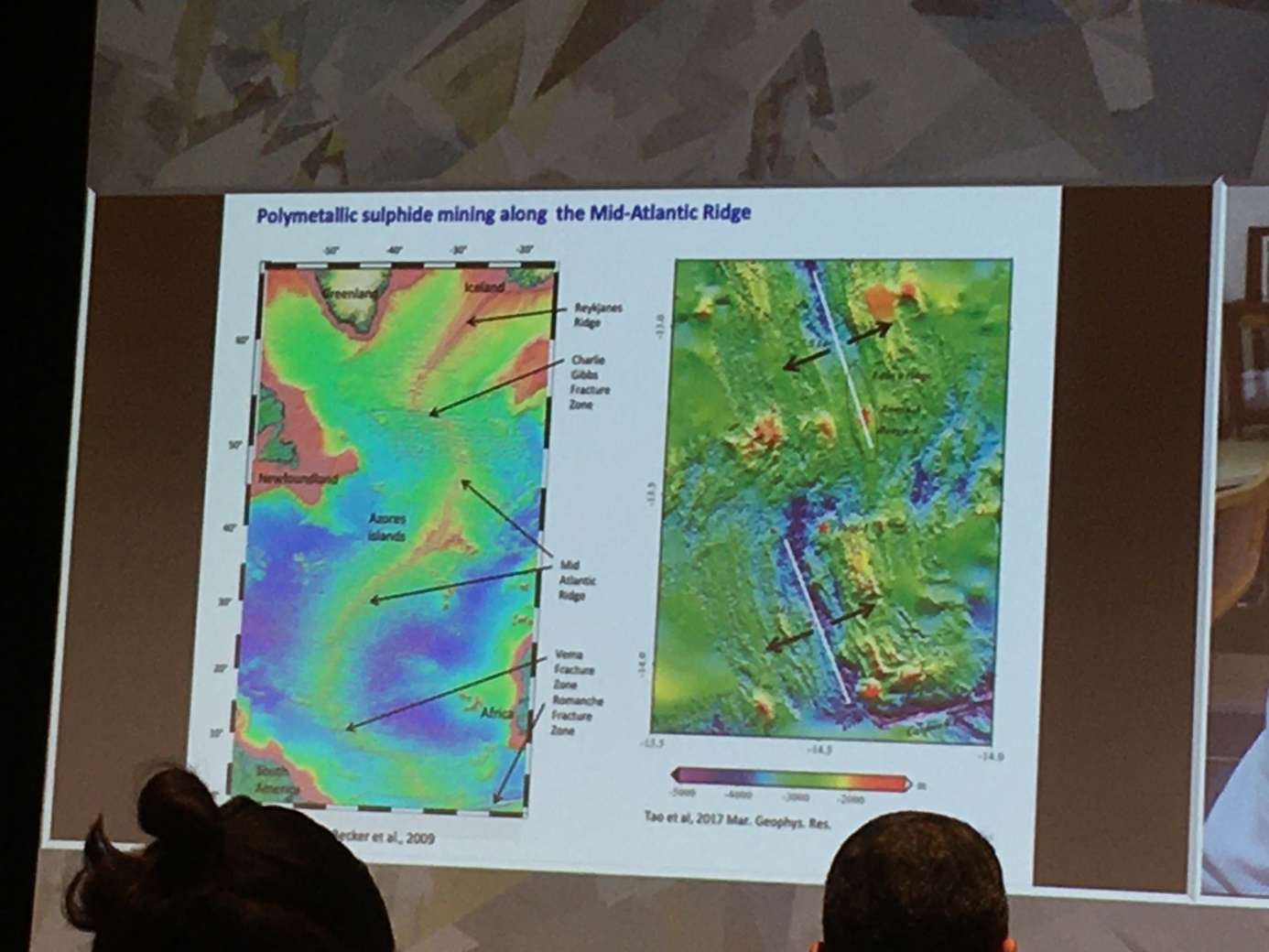
Phil Weaver (Associate Consultants) showing baseline studies for SMS deposits in MAR region (photo: Łukasz Smajdor)
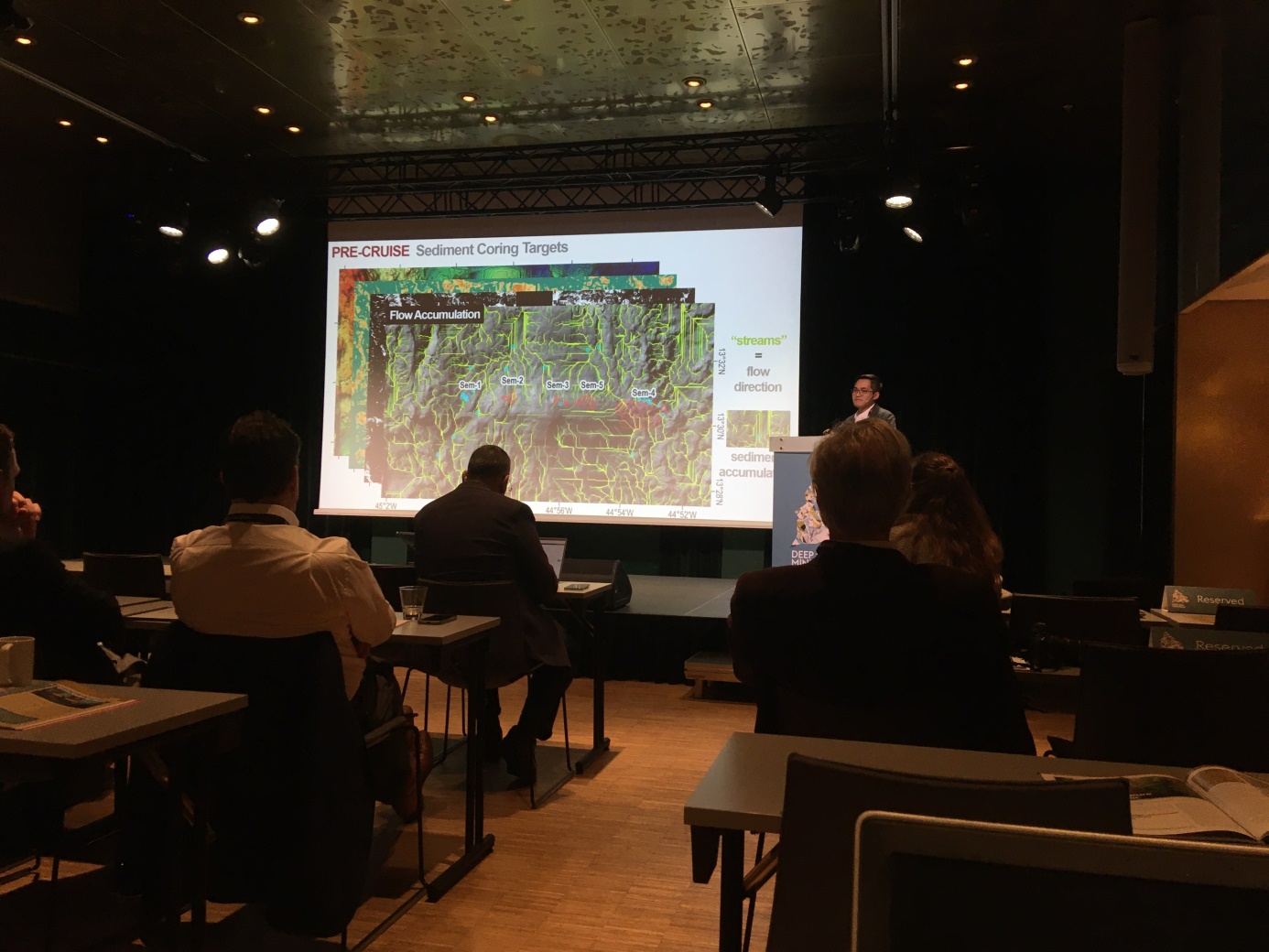
Acer Figueroa, PhD student from NOC (Southampton) presenting exploration markers of SMS in the Deep Sea (MAR region) (photo: Łukasz Smajdor)
Text: Łukasz Smajdor, Agata Kozłowska-Roman
Photos: Łukasz Smajdor, Halfdan Carstens

Participation in the conference was realized within the framework of the task „Analiza uwarunkowań i współpraca z zakresie bezpieczeństwa surowcowego Polski” and was financed from the funds of the National Fund for Environmental Protection and Water Management (Contract No 310/2021/Wn-07/FG-SM-DN/D)”
Dictionary:
- AUV – Autonomous Underwater Vehicle
- ISA – International Seabed Authority
- MAR – Mid Atlantic Ridge
- OBN – Ocean Bottom Nodes
- CSEM – Controlled Source Electromagnetics
- MT – Magnetotellurics
- SMS – seafloor massive sulphides (submarine massive sulphides)














 PGI-NRI offer
PGI-NRI offer Mineral resources of Poland
Mineral resources of Poland  Oil and Gas in Poland
Oil and Gas in Poland 




 Subscribe to RSS Feed
Subscribe to RSS Feed